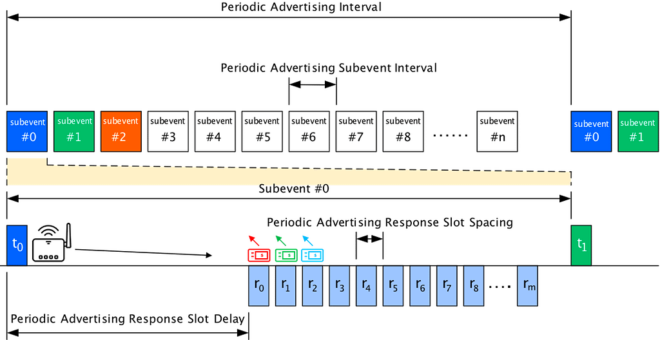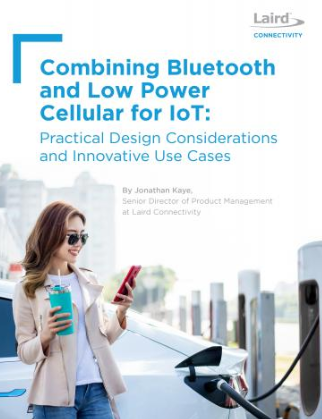When a family friend fell asleep at the wheel and narrowly escaped a collision with a truck, 14-year-old Ashton Cofer was inspired to try to prevent drowsy driving. His inspiration led to the development of Arrive Awake – Arrive Alive, a finalist in this year’s Student Category for the Imagine Blue program.
Initial research informed Ashton that, while drowsy driving causes hundreds of thousands of accidents every year, there aren’t any good solutions for it. “Existing solutions are ineffective because they alert the driver after he has already fallen asleep at the wheel,” Ashton explains. Means of alerting a driver of impending drowsiness could include driving pattern analysis, detection of a nodding head, and detection of drooping eyelids. These potential solutions, however, are fraught with problems from invasion to alerting the driver too late.
Through further research, Ashton discovered that a person’s heart rate decreases before she or he show any signs of drowsiness. “I hypothesized that a driver’s heart rate could be measured using a fitness watch on a driver’s wrist,” says Ashton. “The watch would then be connected to a smart phone using Bluetooth® technology, notifying the driver of a drop in the user’s heart rate.”
This theory fit right in with Ashton’s interests. A self-proclaimed techie, he loves using gadgets and technology to solve problems “because the possibilities are almost limitless.” At school, he favors science classes “because I enjoy learning the underlying physics governing our world.” Who does he look up to? “I have been inspired by both Steve Jobs and Elon Musk, who both had such an amazing impact revolutionizing multiple industries.”
Once he had conceived of the idea of using a fitness wearable as a means of detecting a driver’s impending drowsiness, Ashton moved on to the question of how to alert the driver in a noninvasive way. “My goal was to enable the device to wirelessly communicate with the driver so that he would not become distracted. Using Bluetooth to connect a fitness band to a smartphone proved to be the best solution to this problem.”
Ashton contacted Mio Global, makers of the Mio Alpha fitness watch, which tracks the wearer’s heart rate directly from his or her wrist. Perhaps as impressed with Ashton’s ingenuity as we are here at the Bluetooth SIG, Mio sent him a free watch to use in developing his product: a fitness watch, modeled after the Alpha, that sends heart rate information via Bluetooth signal to the wearer’s smartphone. If the app detects heart rate deduction—a person’s heart rate slows by 10% when he or she is about to become drowsy—it triggers an alarm on the phone to awaken the driver. Then, the system audibly interacts with the driver to keep her or him awake, with options such as:
- Play 20 Questions
- Call a friend or family member
- Virtual conversation
- Call another Arrive Awake – Arrive Alive user
- Solve brain teasers
We’re not the only ones who think Ashton’s got a great idea—and a great execution. “Mio Global has agreed to license this technology for commercialization,” he says.
In the future, Ashton sees himself “continuing to innovate, solving unmet needs in real world problems.” We’ll be on the lookout for whatever’s next for this forward-thinking young inventor.

![Forbes Predictions article 72 dpi 1300 x 680 px 768x402[1]](https://www.bluetooth.com/wp-content/uploads/2024/04/Forbes-Predictions-article-72-dpi-1300-x-680-px-768x4021-1-660x345.png)
























